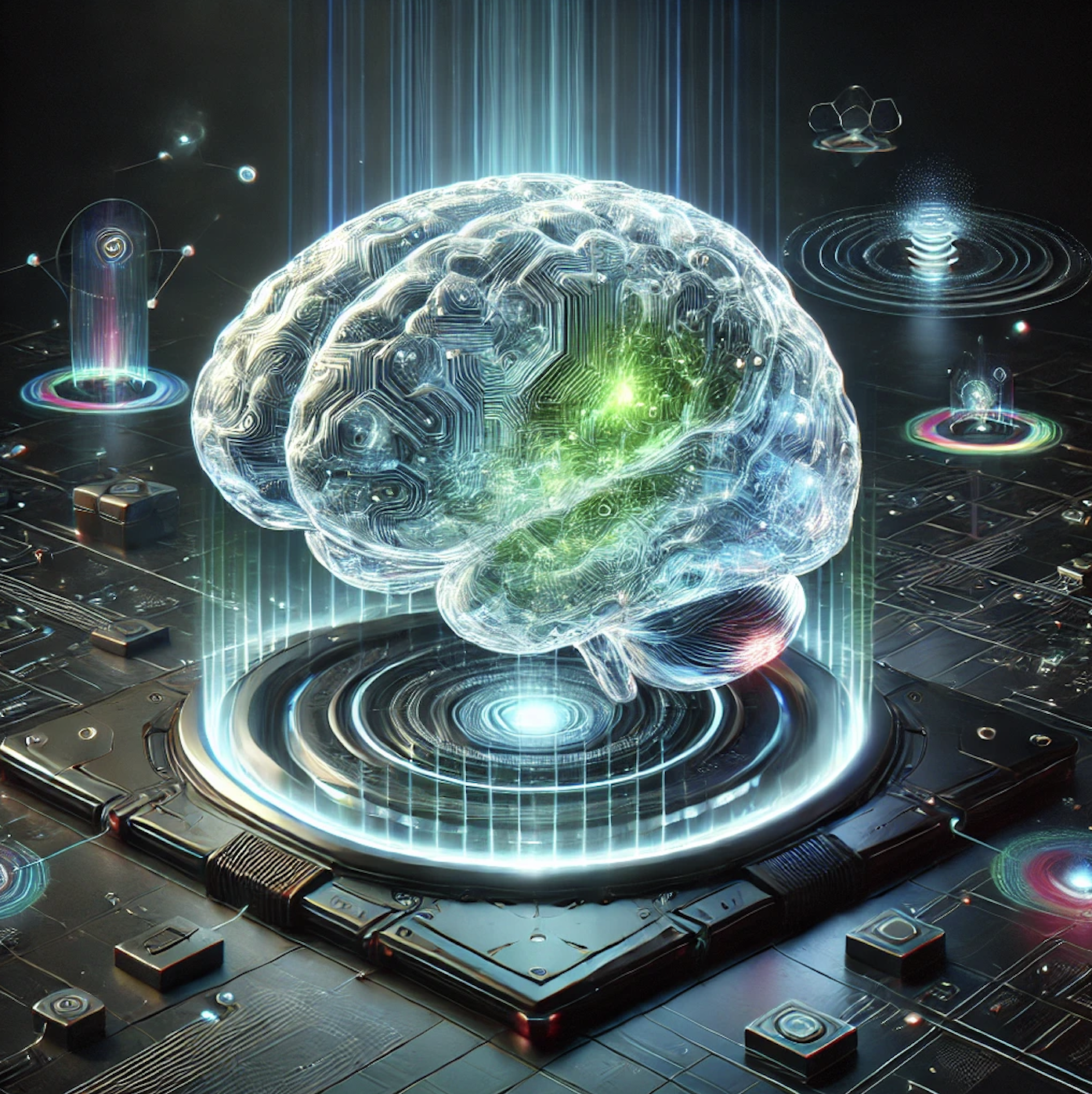CereBree, a multi-vertical platform combining agentic AI, enterprise software, and human development, envisions becoming a Technology-as-a-Service (TaaS) enterprise disrupting traditional SaaS by overlaying blockchain integration, advanced technology, and security at its core. The company is targeting one of the biggest inefficiencies in modern business: fragmentation. Its mission is to connect how individuals learn, work, and maintain well-being through a single, intelligent ecosystem designed for trust and transparency.
Instead of offering separate tools for education, performance, and health, CereBree’s “4-Core DNA” platform brings these functions together in one environment. The four pillars — Grow, Study, Work, and Retire — represent the company’s effort to unify personal and professional development into a cohesive data system. On top of these, HEAL serves as an overarching well-being layer, reinforcing CereBree’s vision of supporting individuals throughout all stages of growth, from learning and working to long-term wellness and life transition.
Founder and CEO Sunil Raina, who spent decades leading digital transformation initiatives for Fortune 500 companies, says the next generation of enterprise tools must be “both agentic and empathetic.” He adds, “We’re trying to build technology that doesn’t just automate workflows but understands the human context within them.”
The Convergence of Agentic AI and TaaS
CereBree’s technology is built on agentic AI, a form of artificial intelligence designed to act autonomously and coordinate across multiple functions. Unlike traditional machine learning systems, agentic AI agents can plan, act, and collaborate with one another. This reduces dependence on static dashboards and manual data interpretation, moving enterprises closer to continuous, self-improving intelligence.
According to Grand View Research, the global AI agents market was valued at about $5.4 billion in 2024 and is expected to exceed $50 billion by 2030, with an annual growth rate close to 46 percent. The shift reflects a broader trend toward embedding autonomous systems into enterprise infrastructure.
CereBree links this shift directly to human development. Its agentic AI architecture allows the same underlying intelligence to function across different contexts such as autism diagnosis, employee evaluation, and career mapping. “The way we learn, work, and recover are not separate processes,” Raina says. “Our system treats them as interconnected signals within one digital framework.”
Tackling the Fragmentation Problem
The global spread of specialized platforms for learning, hiring, and wellness has created what analysts often call “software sprawl.” Research from Okta shows that large enterprises now use an average of 211 software applications, creating challenges for integration and data security.
CereBree’s TaaS approach aims to address that fragmentation. Connecting multiple domains under one intelligent structure enables information from one area, such as education or training, to inform another, such as health or performance. This connected data model is reinforced through blockchain-based verification, giving users greater control over how their personal information is shared and secured across systems.
Analysts suggest that unifying human development data could define a new category of enterprise technology by 2030. McKinsey’s Technology Trends Outlook 2025 highlights agentic AI as one of the key emerging growth drivers, predicting that “autonomous decision systems will underpin a new generation of productivity platforms.” CereBree’s TaaS model appears well aligned with that projection.
From Concept to Market Validation
CereBree is currently in its Pioneer Program phase, testing its agentic AI platform with a select group of partners across the United States, APAC, UAE, and Germany. The company is using this stage to validate its technology across industries before scaling to broader enterprise adoption in 2026.
Its pilot modules include CereAura, an AI-based autism diagnosis and support tool that merges behavioral data with guided therapy, and CereCruit, a recruitment platform that analyzes cognitive and emotional attributes to deliver better candidate matches. These pilots demonstrate how CereBree’s technology can move across domains while maintaining consistency in data and intent.
Raina describes the company’s model as one that “creates compound growth.” In his words, “Progress in one part of life, such as learning or professional upskilling, should strengthen another, like mental wellness or motivation. That’s what technology should do at scale.”
Market Position and Industry Context
CereBree’s entry into enterprise TaaS comes as the sector is shifting from feature competition to integration. Established providers have invested heavily in cross-functional AI, yet few have extended their systems into education and health. CereBree’s focus on holistic human development differentiates it from incumbents that remain industry-specific.
However, the challenge remains significant. Developing a multi-vertical platform that meets enterprise reliability standards while managing sensitive personal data requires careful regulatory alignment. CereBree’s leaders have emphasized that blockchain-backed data ownership is central to their strategy, aiming to combine compliance with user autonomy.
The company plans to expand into 20 international markets by 2026, with a goal of supporting millions of users whose professional and personal growth can be measured and connected. How effectively it can scale this model will determine whether it becomes a lasting presence in enterprise AI.
A New View of Enterprise Intelligence
CereBree’s rise reflects a broader change in how organizations think about technology. Instead of focusing only on automation or data management, the company is shaping tools that understand and support human growth.
Its future will depend on how well this idea works in practice, but the direction is clear: businesses are starting to expect AI systems that amplify human potential rather than replace it. “We’re not just building software for companies,” Raina says. “We’re designing a framework where people and technology grow together.”
By bringing education, performance, and well-being into one connected experience, CereBree is presenting a different vision of enterprise intelligence, one that measures progress not only through productivity but through how people develop and thrive.








